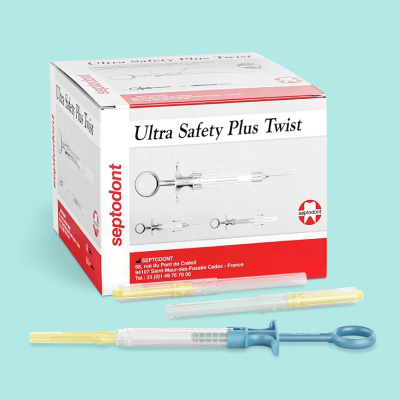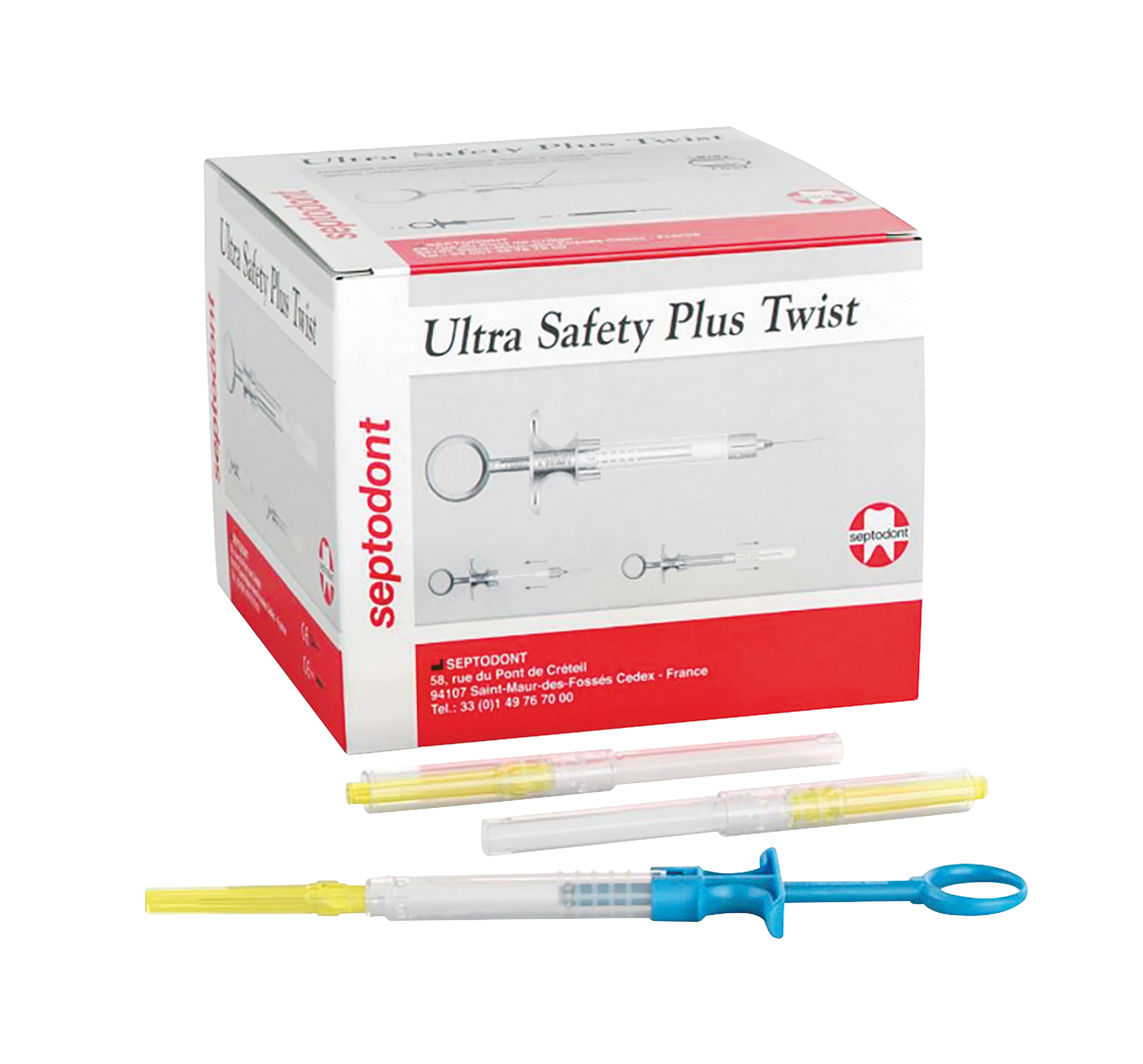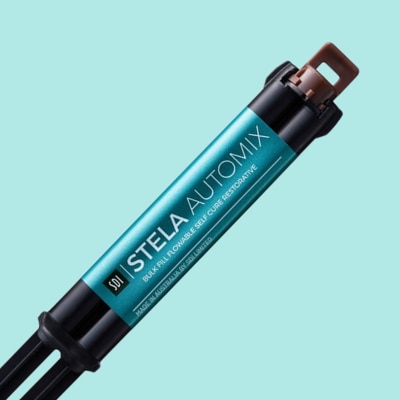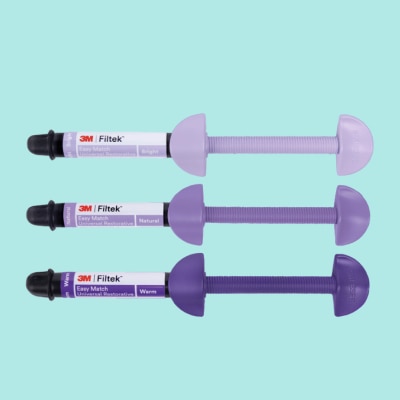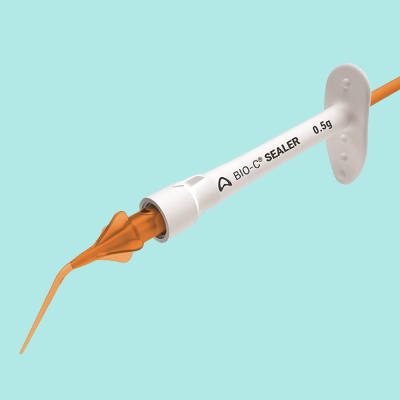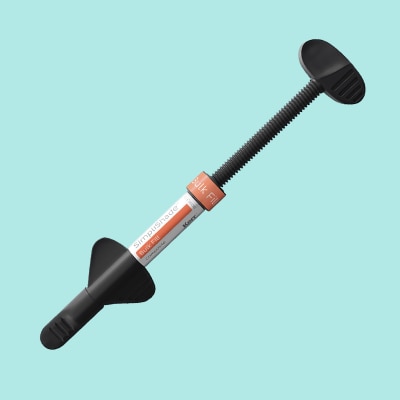Tips for Preventing Needlestick Injuries
If you work in dentistry, there is a high probability you would have suffered a needlestick injury at work at some point during your career or know a team member who has. Although safety and awareness around the handling and disposing of dental syringes has improved over the years, needlestick injuries remain alarmingly common in the workplace. It is crucial for dentists and nurses to understand the risks involved with needlestick injury, be able to anticipate them happening and know how best to prevent them.
What are Needlestick Injuries?
Needlestick injury, often shortened to NSI, is defined as “a penetration of the skin by a hypodermic needle or sharp object accidentally pricking the skin.” With syringes used to administer local anaesthetic during treatment multiple times a day, dentists and dental nurses are particularly vulnerable to this hazard. Needlestick injuries can happen before and during the use of a syringe, when recapping or during disposal.
How Often do Needlestick Injuries Happen?
A recent survey run by the British Association of Dental Nurses (BADN) found that 48% of respondents had suffered some form of NSI in the practice. Of this 48%, more than half (58%) had personally experienced needlestick injury on more than one occasion. Similar results were found in another study from Australia which revealed 50% of dentists and dental students had expired a serious needlestick injury over a 12-month period. In addition to these reported instances of NSIs, it is understood that a large proportion of NSIs go unreported by medical professionals.
How Dangerous are Needlestick Injuries?
The severity of needlestick injury can range from moderate, such as the pain from the prick, to dangerous in cases where an infection is passed on from a used syringe. Cross-infection is the biggest danger of needlestick injury and can expose dental workers to blood-borne viruses (BBV). Hepatitis B virus (HBV), hepatitis C virus (HCV) and human immunodeficiency virus (HIV) are common blood-borne pathogens that can potentially cause life-long problems for those infected. A report issued by the World Health Organisation (WHO) has indicated that an estimated three million healthcare workers suffer from “percutaneous exposures to blood-borne pathogens each year”, and dentists are most at risk.
What Other Risks do Needlestick Injuries Pose?
Outside the serious health risks related to cross-infection, needlestick injury and the fear of it occurring can come with other disadvantages
- Unnecessary stress and worry
- Staff shortages
- Delays during patient appointments
- Potential for lawsuits
- Damage to practice reputation



